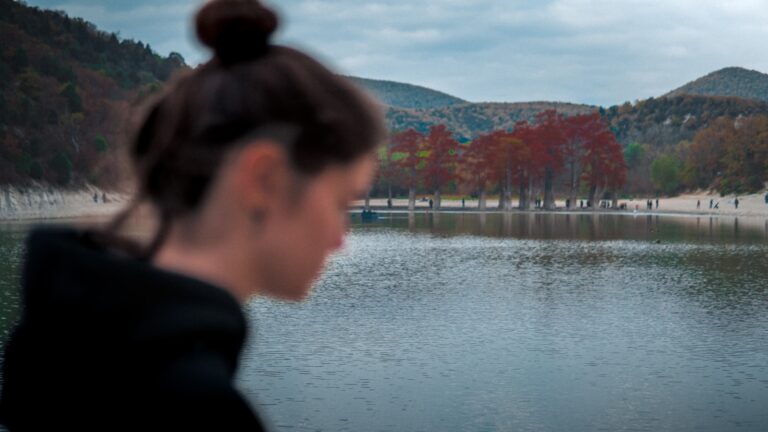A SMALL SWITZERLAND
As the economic and cultural center of central Switzerland, Lucerne is not just that.This city is also one of the most famous tourist destinations in Europe, considered a miniature Switzerland.
The bus stopped near the Chapel Bridge, where any visitor to Lucerne must stop by.That year, this city was the next stop on our tour of several countries and cities in Europe. We were traveling by bus.

RIVERS, LAKES, MOUNTAINS…
Just taking a stroll around the over 800-year-old city formed by Lake Lucerne and part of the Alps.
Leisurely visitors can consider themselves having experienced most of the best that Switzerland has to offer. Here, there is everything: rivers and lakes, mountains, many ancient architectures, and museums.The locals usually speak the four official languages of Switzerland: German, French, Italian, and Romansh.
Before the Covid-19 pandemic, Lucerne welcomed nearly 10 million visitors each year – a significant number – from all over the world. This city is not very large, with an area of about 25 km², slightly larger than Tan Binh District, Ho Chi Minh City; a population of about 80,000 people; located 436 meters above sea level, which is nearly 100 meters higher than Núi Lớn in Vũng Tàu.
When we arrived in Lucerne, it was still summer, and the atmosphere was very pleasant with temperatures ranging from 18-20 degrees Celsius, similar to the average temperature in Da Lat.Summer is the most suitable time for tourists from tropical countries like Vietnam.Perhaps that is also the season when Switzerland, in general, attracts the most tourists from all over.
“Thanks” to the Corona virus, this tourist city gets a break, waiting for the day when tourists will flock back. According to a study by the University of Lucerne, nearly 80% of those surveyed believe that the number of tourists has become too large.They also said that measures are needed to “manage the tourism industry better.” For example, limiting the number of vehicles transporting tourists into the city by reducing parking spaces and increasing parking fees…
Let’s return to Chapel Bridge.The wooden bridge, over 200 meters long, spans the Reuss River, the main 165-kilometer river of central Switzerland, flowing from the south into Lake Lucerne and continuing northward.
The bridge was originally built to contribute to the city’s defense and to connect the old town on the northern bank of the river with the new, now also old, town on the southern bank. Its name, named after the nearby St. Peter’s Chapel, is considered the oldest bridge in Europe as it was completed in 1333, 687 years ago.
The Chapel Bridge is famous not only for its age but also for its unique architecture.The bridge is exclusively for pedestrians, with a covered walkway tiled with shingles, supported by triangular wooden frames. In those wooden frames are paintings depicting the history, landscapes, country, and people of Lucerne.
In total,there are over 100 such paintings – unique works of art in the world located under the roof tiles – created by the painter Hans Heinrich Wägman in the 17th century. The middle part of the bridge is connected to an octagonal stone tower 34 meters high, called the Water Tower. Originally, it was a place for imprisoning prisoners as well as a treasure storage.Indeed, quite the opposite!Now, it is used as a meeting place for the Lucerne City Hall.
Although it is part of the Chapel Bridge architectural complex, the Water Tower stands independently. It was also built in the 14th century but before the bridge.When the bridge was built, they combined them into a unique and aesthetic whole.
When building the bridge, they combined them into a unique and aesthetic whole.



